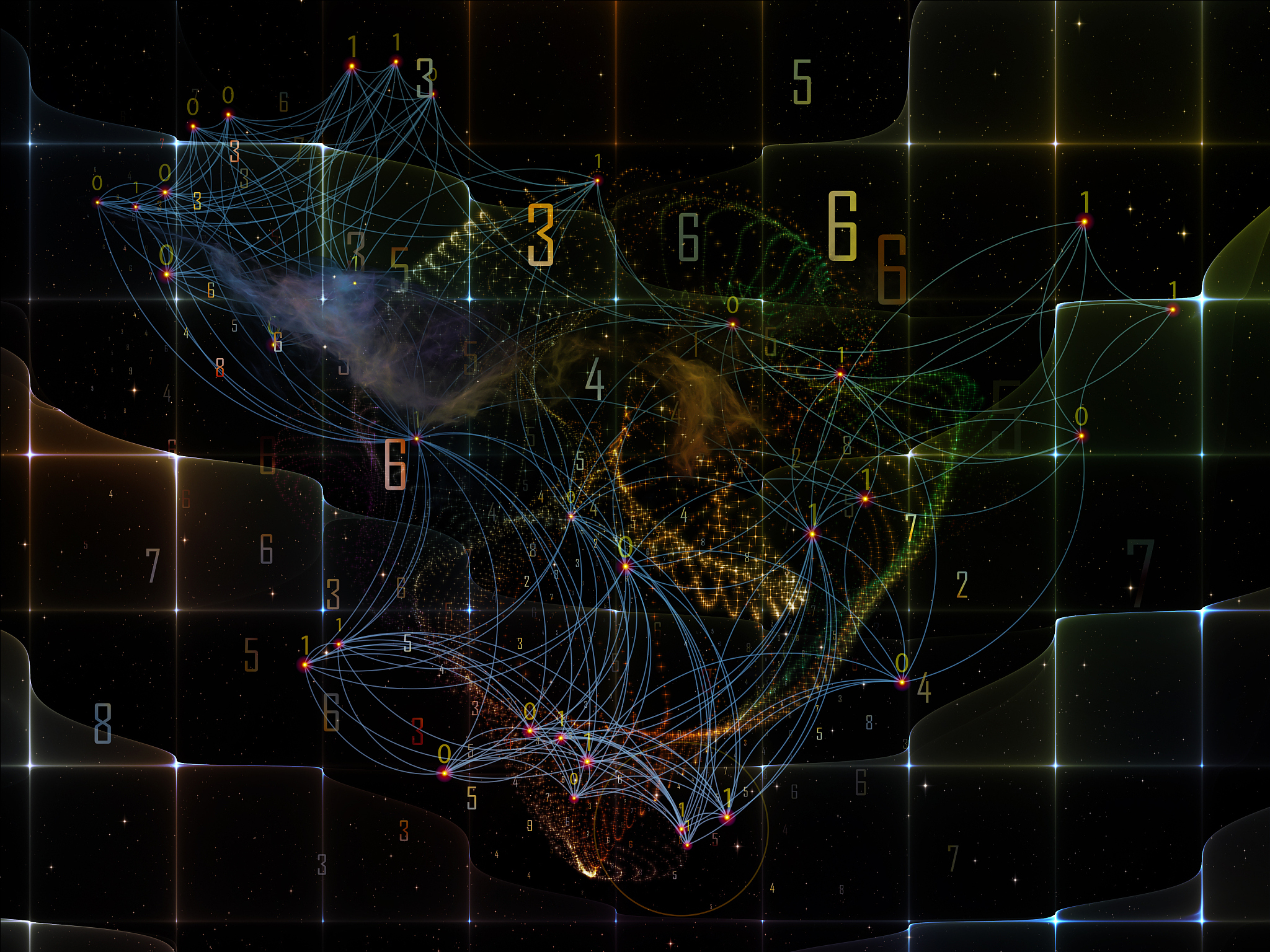Galaxy Center Distance & Intensity Decrease: Analysis & Insights
Galaxy Center Distance & Intensity Decrease: A Detailed Analysis
This study examines the relationship between the distance from the galaxy's center (in thousands of light years) and the corresponding decrease in intensity (in percentage). The data is further analyzed to determine the presence of star clusters.
| Distance (000's Lt Yrs) | Decrease in Intensity (%) | Cluster present? (Y/N) | |---|---|---| | 86.97 | 53.12 | Y | | 43.84 | 38.11 | Y | | 18.38 | 19.05 | Y | | 20.51 | 21.36 | N | | 69.30 | 48.50 | N | | 77.78 | 56.58 | N | | 69.30 | 45.61 | N | | 22.63 | 20.21 | Y | | 8.49 | 15.01 | Y | | 2.83 | 16.17 | N | | 45.96 | 27.71 | Y | | 20.51 | 19.05 | Y | | 42.43 | 36.37 | N | | 12.73 | 11.55 | Y | | 26.16 | 19.05 | Y | | 47.38 | 35.22 | N | | 20.51 | 25.98 | N | | 57.28 | 44.46 | N | | 16.26 | 8.08 | Y | | 55.15 | 40.41 | Y | | 40.31 | 31.75 | N |
Data Analysis
5-Number Summary:
- Minimum distance: 2.83 thousand light years
- Maximum distance: 86.97 thousand light years
- Median distance: 40.31 thousand light years
- First quartile: 20.51 thousand light years
- Third quartile: 69.30 thousand light years
Measures of Central Tendency:
- Mean distance: 39.52 thousand light years
- Mean decrease in intensity: 29.21%
Measures of Variation:
- Range of distance: 84.14 thousand light years
- Range of decrease in intensity: 41.57%
- Standard deviation of distance: 26.59 thousand light years
- Standard deviation of decrease in intensity: 13.93%
Skew and Shape:
The data appears to be slightly skewed to the right. The shape of the data is unimodal.
Factors & Considerations
Factors:
The data suggests a potential relationship between distance from the galaxy's center and intensity decrease. However, it's crucial to identify other factors that might influence these observations.
Treatments:
There are no apparent treatments applied in this study.
Lurking Variables:
Several lurking variables could impact the observed relationship. For example, the age and mass of stars within clusters might significantly influence both distance and intensity.
Errors in Measurement:
Measurement errors in determining both distance and intensity decrease are likely present, potentially impacting the accuracy of the data.
Outliers:
Several outliers exist within the data, such as the data point with a distance of 86.97 thousand light years and a decrease in intensity of 53.12%. These outliers could significantly skew the analysis and conclusions.
Effect on Conclusions:
Outliers and potential measurement errors require careful consideration when interpreting the results. It's essential to conduct further investigations to confirm the observed trends and to analyze the impact of outliers on the conclusions drawn.
Conclusion
While the data suggests a possible correlation between distance from the galaxy's center and intensity decrease, further research is necessary to establish a definitive link. Identifying lurking variables and accounting for potential measurement errors will be critical to understanding the complex relationship between these factors and the overall structure and evolution of the galaxy.

原文地址: https://www.cveoy.top/t/topic/oL9g 著作权归作者所有。请勿转载和采集!